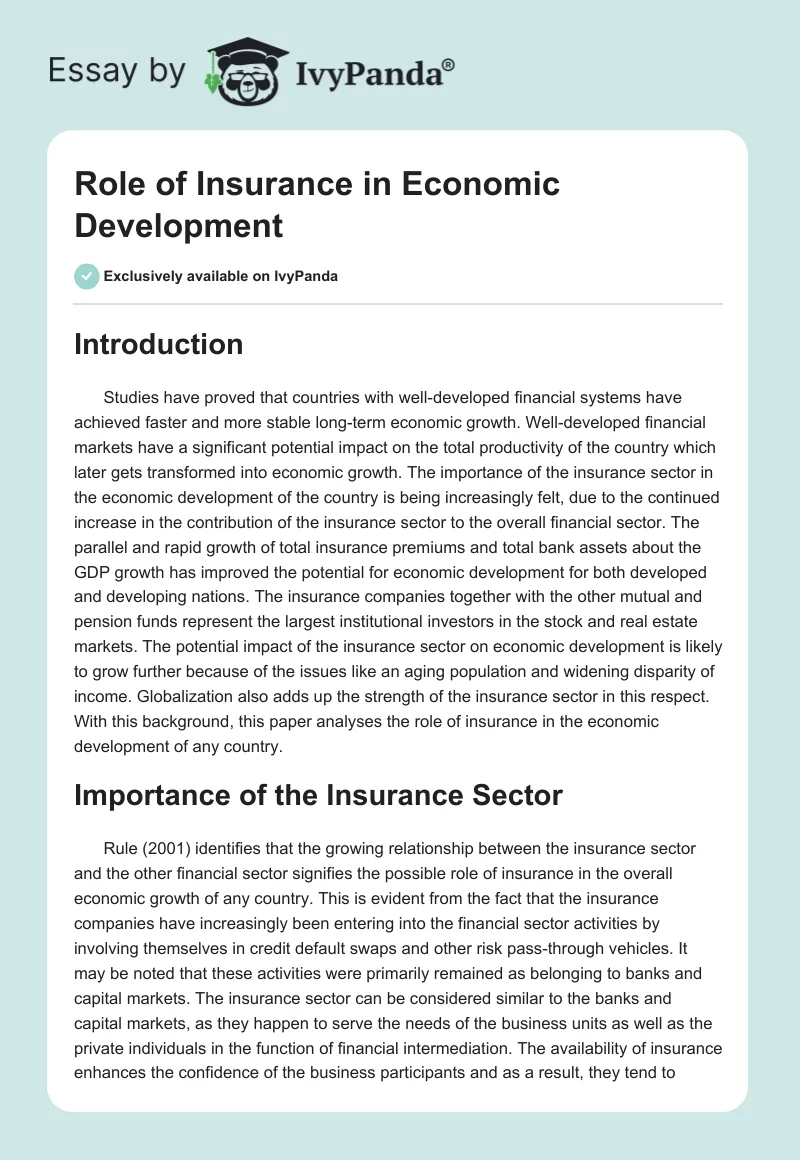5 Simple Techniques For Pacific Prime
5 Simple Techniques For Pacific Prime
Blog Article
The Greatest Guide To Pacific Prime
Table of ContentsThings about Pacific PrimePacific Prime for DummiesGetting My Pacific Prime To WorkSome Known Questions About Pacific Prime.The Buzz on Pacific Prime

This is due to the fact that the information were collected for a duration of solid economic performance. Of the estimated 42 million individuals that were uninsured, just about regarding 420,000 (concerning 1 percent) were under 65 years of age, the age at which most Americans come to be eligible for Medicare; 32 million were grownups between ages 18 and 65, about 19 percent of all grownups in this age; and 10 million were children under 18 years of age, concerning 13.9 percent of all children (Mills, 2000).
These price quotes of the number of persons without insurance are produced from the yearly March Supplement to the Current Populace Study (CPS), conducted by the Demographics Bureau. Unless otherwise noted, national price quotes of people without medical insurance and proportions of the populace with different type of coverage are based on the CPS, the most widely made use of resource of estimates of insurance coverage and uninsurance prices.
The Pacific Prime Ideas

Still, the CPS is particularly valuable due to the fact that it generates yearly quotes relatively swiftly, reporting the previous year's insurance coverage estimates each September, and because it is the basis for a constant set of estimates for more than two decades, permitting analysis of fads in insurance coverage with time. For these factors, in addition to the substantial usage of the CPS in other studies of insurance coverage that exist in this record, we depend on CPS estimates, with restrictions noted.

The quote of the number of without insurance people expands when a populace's insurance condition is tracked for a number of years. Over a three-year duration starting early in 1993, 72 million people, 29 percent of the U.S. https://www.huntingnet.com/forum/members/pacificpr1me.html. populace, lacked coverage for at the very least one month. Within a solitary year (1994 ), 53 million people experienced at least a month without insurance coverage (Bennefield, 1998a)
Six out of every 10 without insurance adults are themselves employed. Although functioning does boost the possibility that one and one's household members will certainly have insurance policy, it is not an assurance. Even participants of households with two permanent breadwinner have virtually a one-in-ten possibility of being without insurance (9.1 percent without insurance rate) (Hoffman and Pohl, 2000).
The Only Guide to Pacific Prime
New immigrants account for a significant proportion of individuals without medical insurance. One analysis has actually attributed a considerable section of the recent development in the dimension of the united state uninsured populace to immigrants who arrived in the country in between 1994 and 1998 (Camarota and Edwards, 2000). Current immigrants (those that involved the United States within the past 4 years) do have a high price of being without insurance (46 percent), however they and their children represent simply 6 percent of those without insurance country wide (Holahan et al., 2001).
The relationship between medical insurance and access to care is well developed, as documented later in this chapter. The connection between health and wellness insurance coverage and health outcomes is neither direct neither straightforward, a considerable scientific and wellness solutions research study literature links health and wellness insurance policy coverage to improved access to care, far better high quality, and enhanced personal and population health condition.
Degrees of analysis for checking out the results of uninsurance. It focuses specifically on those without any type of health insurance policy for any type of length of time.
A Biased View of Pacific Prime
The issues faced by the underinsured are in some respects comparable to those dealt with by the uninsured, although they are generally much less extreme. Health and wellness insurance coverage, however, is neither essential nor sufficient to obtain accessibility to medical solutions. The independent and direct impact of health and wellness insurance protection on accessibility to health services is well established.
Others will certainly acquire the healthcare they require also her response without health insurance, by spending for it out of pocket or seeking it from providers that offer treatment complimentary or at highly subsidized prices. For still others, medical insurance alone does not guarantee invoice of care due to the fact that of various other nonfinancial barriers, such as a lack of wellness care providers in their area, minimal access to transport, illiteracy, or linguistic and social differences.
Pacific Prime for Dummies
Official research about uninsured populations in the United States dates to the late 1920s and very early 1930s when the Board on the Cost of Healthcare produced a series of reports concerning funding medical professional office visits and hospitalizations. This problem came to be significant as the numbers of clinically indigent climbed up throughout the Great Anxiety.
Report this page